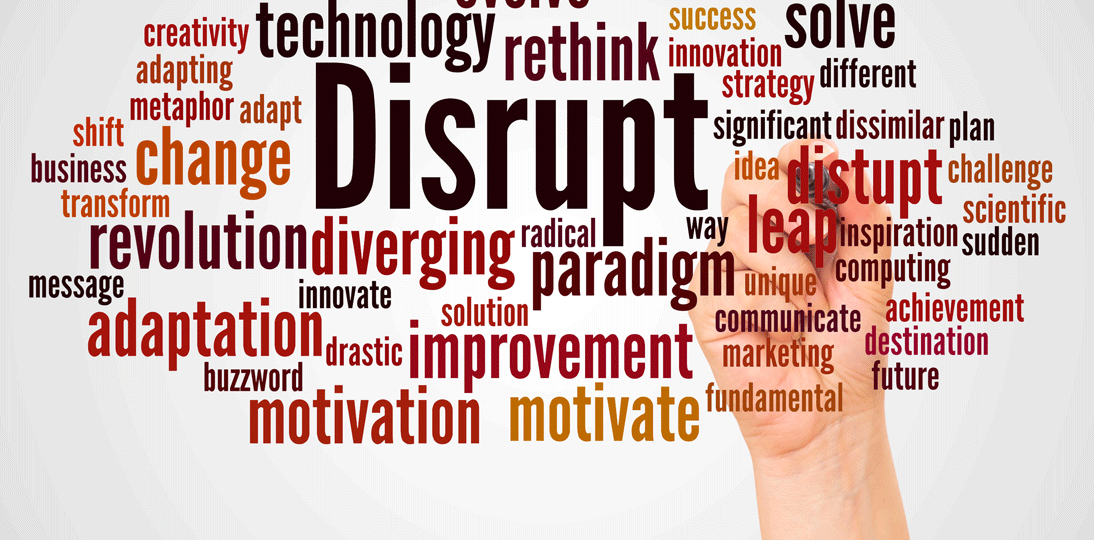Planning for Disruption – The road ahead

In our April 2020 article for Techday entitled, Disruption – It’s Coming Ready or Not, we explored the impacts of the Covid-19 pandemic on business models, technology adoption and the global economy more broadly.
Now, nearly 18 months later with Auckland entering its seventh week of lockdown due to the Delta variant, it seems a good moment to look back and see what actually happened, where are we are now and what fresh insights may help business owners plan for the road ahead.
First, it’s worth recognising that New Zealand’s situation has been atypical; at over 18 months into the pandemic, we’ve had only 27 deaths. Furthermore, from early June 2020 till mid-August 2021, most of the country was able to live normally the majority of the time. This meant a lot less disruption to our economy and our way of doing business than occurred in most countries.
Nevertheless, at Applicable we still witnessed a shift in many businesses thinking, from an aspirational ‘nice to have’ view of digital initiatives to people saying they have to change, that their competitors are already moving ahead fast and, in some cases, that disruptive new offerings have appeared in their market.
This localised perspective of ours was reinforced by the release of the McKinsey survey we summarised here. Even just skimming the headings is worthwhile reading, in particular the first three:
- The pandemic sped up digital adoption by several years
- Business models themselves are being disrupted faster than ever
- Companies missing opportunities are increasingly vulnerable to disruption
If anything the truth of this has become even more poignant in New Zealand as this new and lengthy period of restrictions forces us to recognise that business as usual is still some way off.
The economic impacts of this pandemic are also starting to pile up. Reduced shipping capacity caused by Covid restrictions around the globe have driven shipping costs up dramatically and supply chains have been stretched by this and other manufacturing interruptions, making many products hard to get. This supply side imbalance is creating an inflationary environment and putting upwards pressure on interest rates, even as many economies globally remain weak from the pandemic with both private and government debt levels are running at all-time highs. This means that, even as businesses adjust to the disruption caused by the pandemic, further disruption is brewing in the form of stagflation, even the potential for a global financial crisis in the near future.
After the 2008 GFC it was often touted that we’d entered a VUCA world; Volatile, Uncertain, Complex and Ambiguous. That seemed a bit hyped back then, but it’s not now. Recent UN Reports, in particular on Climate Change, highlight that the current pandemic isn’t even the most serious issue the world’s facing.
The stark truth is that business leaders need to be structuring their businesses to cope with a whole raft of likely disruptions. Here are a few with a general comment on preparing for each.
Covid-19 continuing to cause disruption over the next year or more
Plan to be able to do business in a remote/contactless, ideally digital, way as much as possible.
Inflation and higher interest rates
Reduce debts to conservative levels, even if that requires selling down some non-critical assets.
A potentially recessionary environment
Ensure ability to scale down; avoid large long-term commitments.
Sovereign debt crisis (similar to Greece in 2010)
Don’t rely on governments to save your business, they may not even be able to save themselves.
Increased pressure for change coming from Climate Crisis responses
Carbon producing industries can probably expect greater compliance and/or offsetting costs. Tourism and travel may be heavily hit again.
Geopolitical instability
The growing rift between China and liberal democracies is a concern. Any business dependant on supply from China would be best to de-couple from complete dependence on that. Also, consider any supply chain or energy cost implications should Iran’s nuclear programme lead to conflict in the middle east.
Perhaps the overarching insight to take from all of these risks is that any return to business as usual is likely to be fleeting. The need to innovate, with a readiness to pivot, and to lead in creating business efficiencies through technology will be increasingly vital, not just to success but to business survival.
This all sounds like a lot to deal with but times of high-paced change can also be exciting and open new opportunities. We can’t prepare for everything at once, but the lesson of the last eighteen months is that being engaged in a process of Digital Business Transformation now needs to be a core activity for most businesses. From what we’ve seen this typically becomes a creative and exciting venture that leads to people reimagine what their business is capable of. So while it may seem overwhelming at first, it’s good to remind ourselves that our spirit of kiwi innovation was no doubt born out of these kinds of daunting challenges.